Abacus can be defined as an instrument that is used to calculate or count by simply sliding counters and rods. In a world that is dominated by technology, what was launched yesterday can become outdated today. But, what if we tell you that even today the entire world still uses the first calculator created. Indeed, it is the world’s first calculator. Abacus is derived from the Latin word and it has its origin in the Greek words ‘abax’ or ‘abakon’ (which simply means “table” or “tablet”). It is one of the oldest counting systems that is used to count large and complex numbers.

Why Does Abacus Exist?
It is pretty much difficult to imagine our lives without counting numbers, but back in time, there were days when written numbers did not exist. The first-ever counting system was the human hand and its fingers, which were capable of counting up to 10 things; in some cultures, even toes were used to count.
In the earlier days, when merchants traded various goods they needed an effective system that would enable them to keep a count of the goods they bought and sold. To help the merchants and traders, several counting systems and devices were invented to keep track of the tallies. Hence, the abacus s one of the many counting devices which was invented for this purpose.
After the successful adoption of the Hindu-Arabic number system, abaci was adopted for calculating place-value counting. Later on, as technology improved the abacus was transformed into electro-mechanical calculators, pocket-slide rules, and electronic calculators.
Related Article: Top 7 Benefits of Vedic Maths Classes for Kids
Evolution of Abacus
The story behind the evolution of the abacus is fascinating. The abacus is being used since the olden days, and the proper evidence of the actual usage of the counting system has been witnessed by the people of Ancient Rome around 700 BC, wherein the device was quite sturdy and was comparatively small enough to fit well in the hands.
Moreover, it was seen that the use of the abacus was not just limited to the Greeks, it was also used by people from other parts of the world like the Chinese, the Japanese, and the Russians.
i) Chinese Version of Abacus
The Chinese abacus is also called the Suanpan, and it was predominantly used in the 13th century and was slightly different from the original version. The Suanpan comprises 2 decks instead of one, The upper deck comprises 2 beads in each column whereas the lower deck comprises the 5 beads in every column. This procedure makes the process of reading numbers fairly easy.
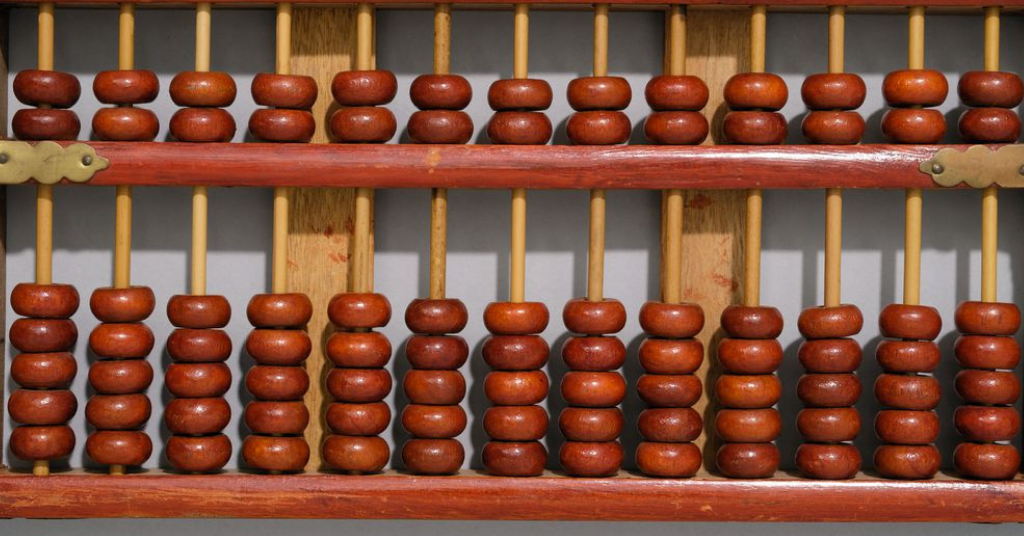
ii) Japanese Version of Abacus
The Japanese version of the abacus is called the Soroban, and it is still being used today. Soroban comprises slight variations when compared to the Chinese abacus. It consists of 2 rows of beads in the upper deck and has only 1 bead in each row and the lower deck contains only four rows of beads rather than five. The one with fewer beads in Soroban indicates that there is no carrying forward of numbers. It is still a very popular technique in Japan and the students over there are made to learn abacus in their early life.
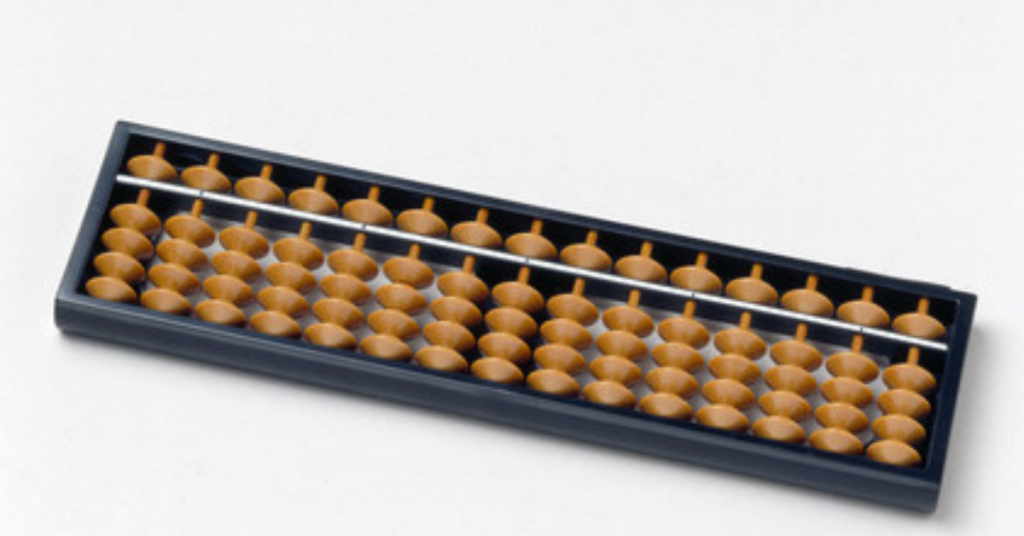
iii) Russian Version of Abacus
The Russian version, known as Schoty is another form of the abacus, and it is still prevalent in modern Russia since the 16th century. It is structurally different when compared to its counterparts, as it is not divided into decks. Furthermore, the beads slide horizontally, and not vertically. Each wire comprises 10 beads, and each has a value of number 1.
You will also see that when all the beads are placed to the right, the device shows the number 0. Another significant feature of this representation is that the Russian currency is represented using the 2 dark-colored middle beads. This device has come a long way, and it has also helped mankind to master the most complicated and abstract process of calculations.
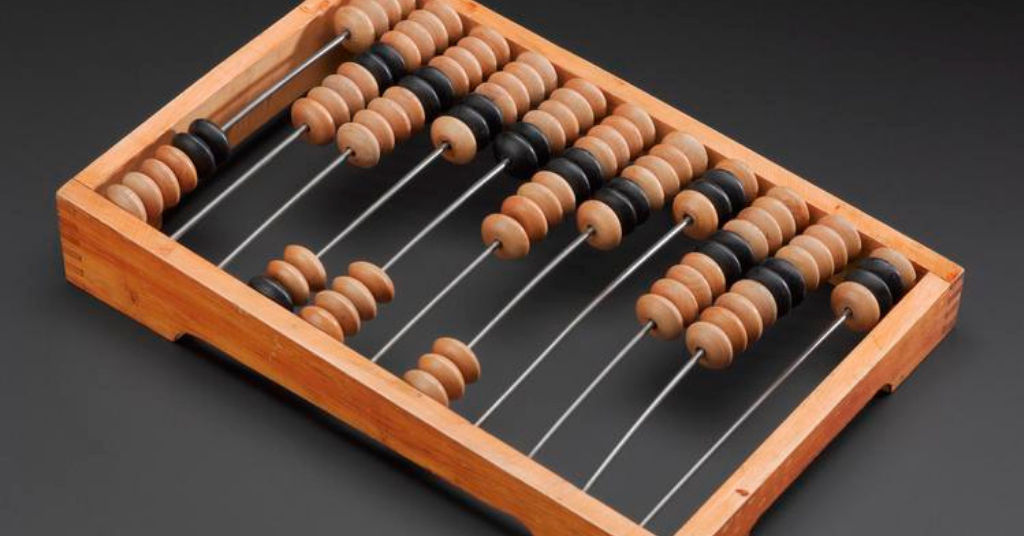
How to Carry Out Complex Calculations On Abacus?
i) To count on the abacus successfully, make sure that you slide all the beads to the outer edge of their columns so that no beads are touching the center bar.
ii) Utilize each column of the abacus and represent one digit in the number that is being calculated.
iii) The right-most column which is in a zero decimal place is the one’s column, the next column is the tens column, and so on.
iv) Slowly start by moving one bead from the bottom column to the median bar so that the current digit marks one, two beads mark two, three beads mark three, and four beads mark four.
v) Now, move all the four beads towards the lower section, and move a bead right from the top of the same column to the median which will represent the number five.
vi) Make sure that you move the beads from the bottom while keeping all the five beads at the median, and this will represent six through nine.
vii) Move all the beads together in a row away from the median, and then slide one bead in the row to its left.
viii) To move the beads up or down make use of only the thumb and the index finger.
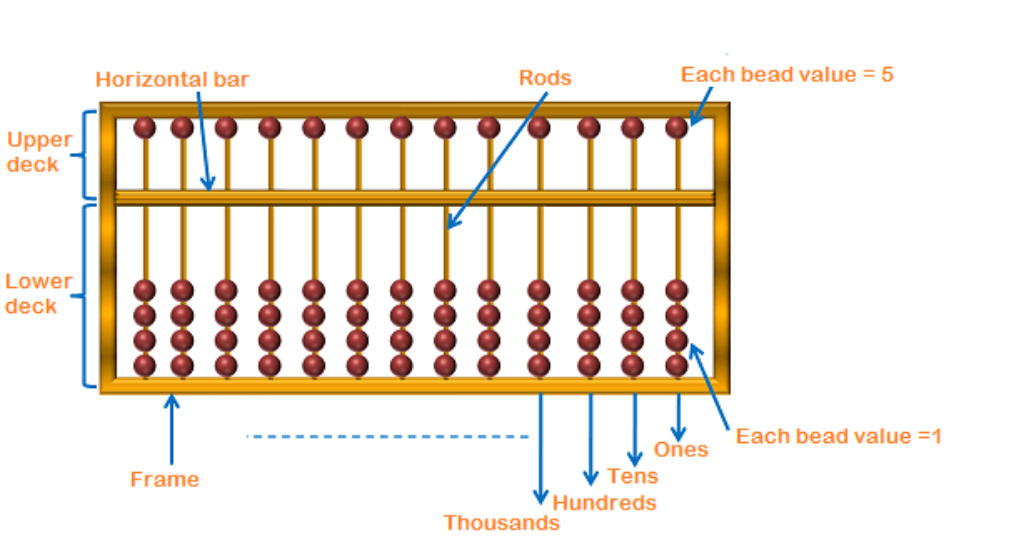
Different Techniques on Abacus For Kids
i) While arranging the abacus, ensure that the beads of the abacus should be in their original position, and this also means no beads should touch the estimation bar.
ii) Now, assign each vertical rod the place name. The right rod should be named as Ones followed by the tens, hundreds, and so on.
iii) When carrying out mathematical operations on an abacus, you need to start counting from the bottom deck.
iv) Double-check and make sure that number one is represented by moving one bead of one’s place towards the horizontal bar.
v) Similarly, by moving the beads towards the reckoning bar, you can make any number easily.
vi) Since the bottom row comprises only four beads and if you have to make a number that is more than four, you need to move back the bottom deck’s bead to its original position.
Related Article: Why is Learning Abacus Important for Your Kid
Addition and Subtraction Operations on Abacus
i) To add a number, let’s consider an example- 2+5 with another number, as a first step you need to make the number 2+5 by moving the beads as per their place.
ii) Now you have to start adding from the left since it is the highest place, and in this case, it is the thousands place, and you are supposed to add 1 and 5.
iii) Once the ten’s place has been carried over ( 2+5= 7 ) add one bead at a hundred’s place and move the ten’s bead to its original place.
iv) Similarly, for subtraction, you need to carry out the entire steps in reverse order of addition.
v) Always remember that you have to make the greater number first by moving the beads in the same way and have to borrow
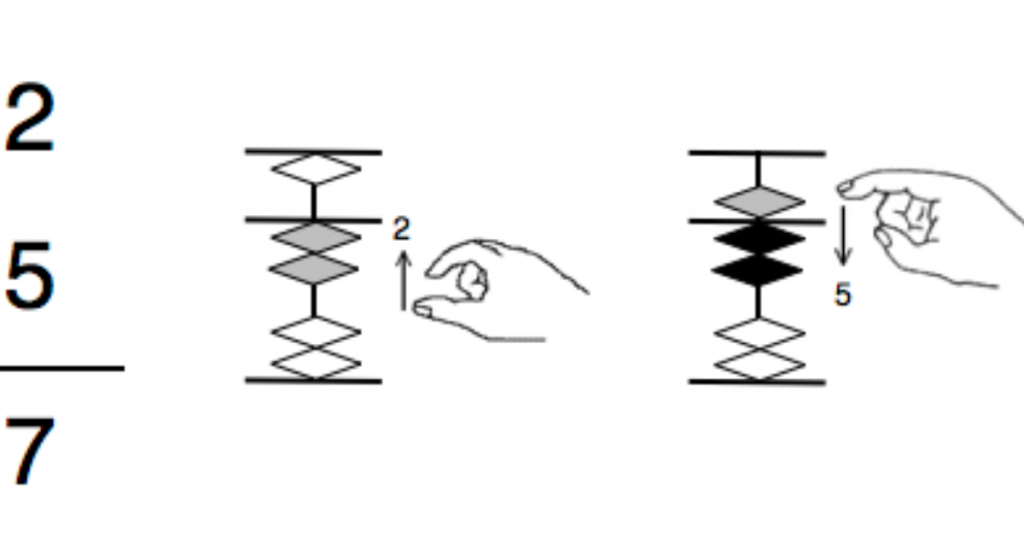
Multiplication and Division Operations on Abacus
i) To carry out the multiplication operation on an abacus, you need to assign the numbers from the left-hand side.
ii) Let’s consider an example 6 x 2, so you need to assign the numbers from left to right, “6″ x “2” “=” “product”.
iii) For the x and = sign, you are supposed to leave the rods in zero position.
iv) Now to multiply the given numbers, you need to multiply the first column with the first column of the other number and the first column with the second column of the other number.
v) To divide, take an example where you have to divide 34 by 2, now take 2 in the left-most column and are supposed to keep the 2 columns blank or as zero and then 34.
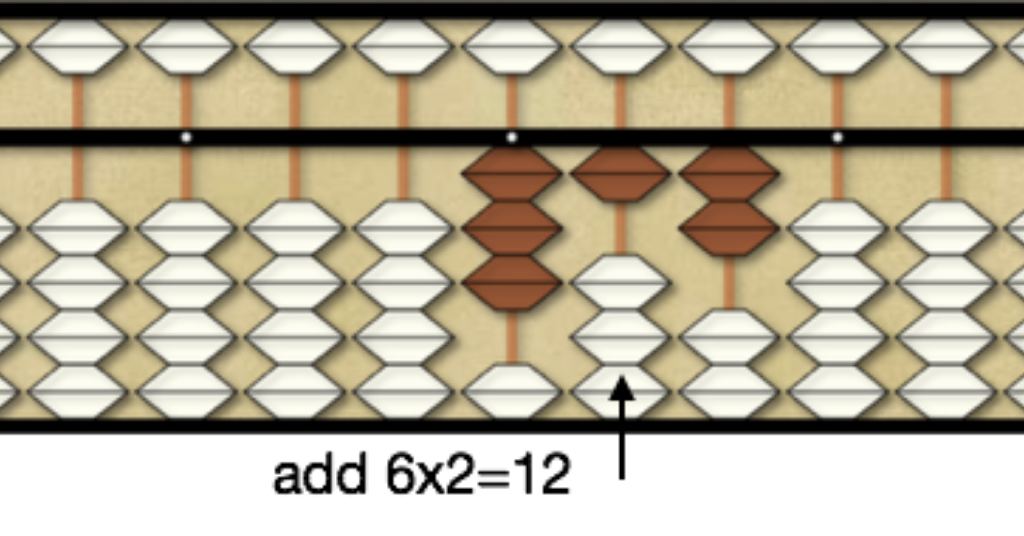
Final Words
Abacus has now been replaced by electronic calculators and computers, as a mathematical teaching tool, but its role is unbeatable. You may ponder over the thought that what is the need of learning the abacus when you have easy access to the latest and the most advanced technology. Also, the importance of the abacus has increased significantly as people have started relying more on modern technology for carrying out complex arithmetic calculations. It also helps in developing cognitive skills and stimulates brain development at a very young age. For children who are scared of numbers, abacus can come to their immediate rescue.
At PiggyRide, we offer online abacus classes for kids that will help them in carrying out all the mathematical operations with ease. Our online abacus classes will make your kids fall in love with maths. Let your kids master the art of numbers with grace and confidence.


Leave a Reply